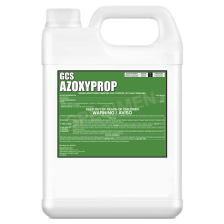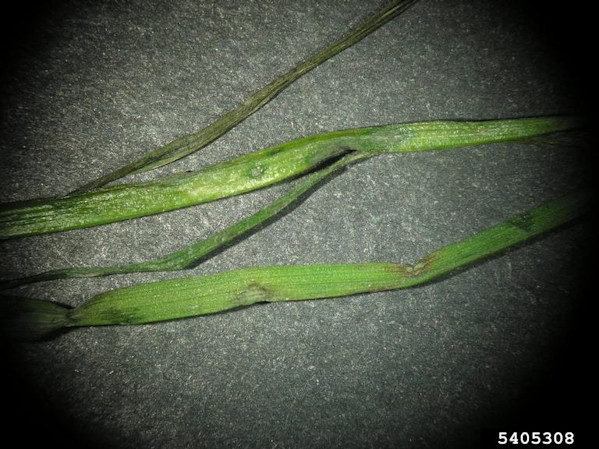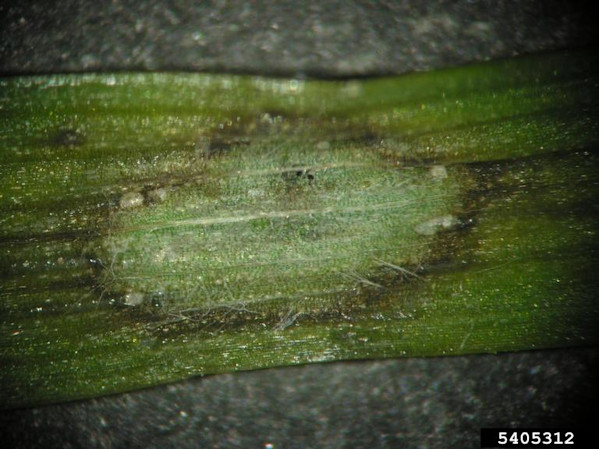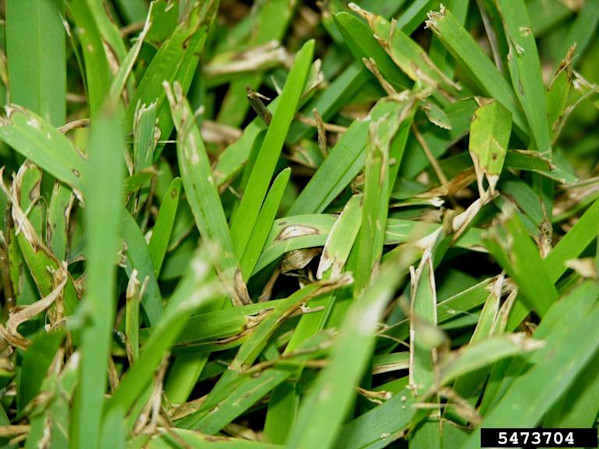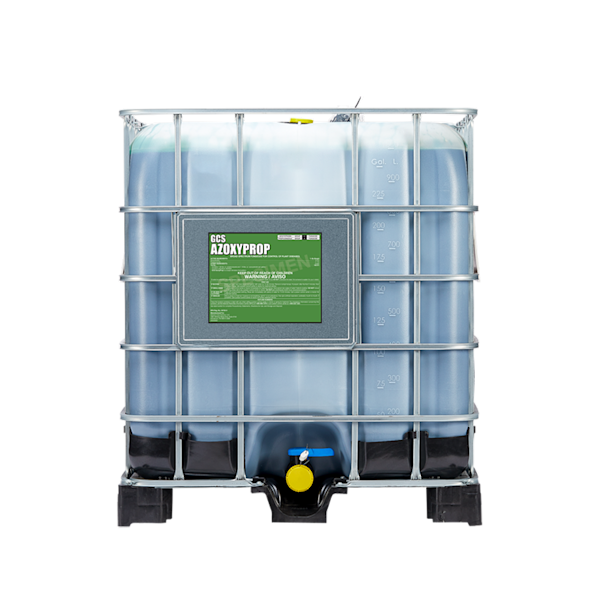How to Identify Gray Leaf Spot
Identifying gray leaf spot (Cercospora zeae-maydis) involves recognizing specific symptoms and signs on the affected plants, primarily corn. Here are detailed characteristics to help farmers identify this fungal disease:
Symptoms:
Lesions:
Shape and Size: Lesions are typically rectangular and can range from 1/8 to 2 inches in length.
Color: Initially, lesions are small, yellow to tan spots. As they mature, they turn gray to tan with distinct, dark brown to purple margins.
Location: Lesions usually start on the lower leaves and progress upward as the disease advances.
Leaf Blight:
Coalescence: In severe cases, lesions can coalesce, leading to large areas of blighted tissue.
Premature Senescence: Extensive leaf blight can cause premature leaf senescence, reducing the plant's photosynthetic capacity.
Spore Production:
Appearance: Under humid conditions, gray leaf spot lesions may produce grayish spores on the leaf surface, which can be seen with a hand lens.
Scouting Tips:
Timing: Begin scouting fields in mid to late summer, especially during periods of warm, humid weather, which favor the development of gray leaf spot.
Field Edges and Low Areas: Pay particular attention to field edges and low-lying areas where humidity tends to be higher.
Sampling: Inspect multiple plants across different areas of the field to get a comprehensive assessment of disease presence and severity.
Diagnostic Confirmation:
Microscopic Examination: For definitive identification, a microscopic examination of the spores can be conducted. The spores of Cercospora zeae-maydis are long, slender, and multicellular.
Laboratory Testing: If uncertain, samples can be sent to a diagnostic laboratory for confirmation.
Management:
Resistant Hybrids: Planting resistant corn hybrids can reduce the impact of gray leaf spot.
Crop Rotation: Rotate crops to reduce the inoculum levels in the field.
Fungicide Applications: Use products like Headline AMP® and GCS Azoxyprop to manage the disease.
By closely monitoring these symptoms and implementing timely management practices, farmers can effectively identify and control gray leaf spot to protect their crops.
Photo Credit: Paul Bachi, University of Kentucky Research and Education Center, Bugwood.org

